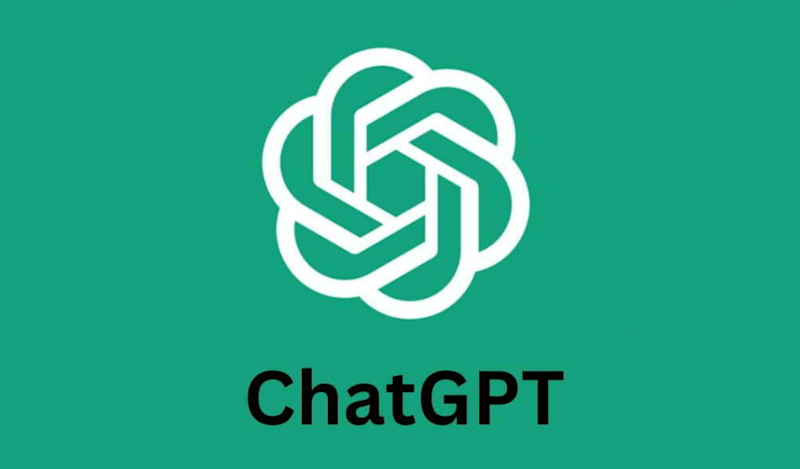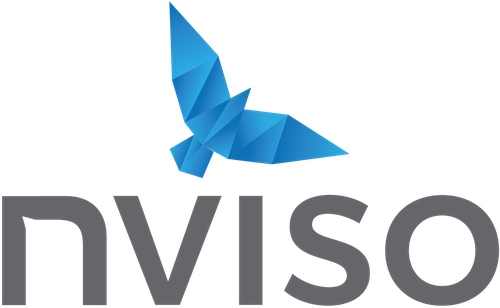Master the art of generating prompts with ChatGPT
- Secrets to creating successful prompts with ChatGPT

ChatGPT is a revolutionary new technology that is changing the way we communicate and interact with computers. Developed by OpenAI, ChatGPT is a powerful language model based on the GPT 3.5 architecture that can generate human-like text responses to user input. With its ability to understand and process natural language, ChatGPT has a wide range of potential applications, from chatbots and virtual assistants to language translation and content creation.
This article aims to reveal the secrets of an effective prompt, which we consider to be the 7 golden rules: role, tasks, objectives, context, steps, constraints and finally format.
1. Role
It is important to note that ChatGPT has a specific role. This helps provide context and clarity for the reader. As an AI language model, ChatGPT was developed to generate human-like text responses to user input.
Therefore, it is important to clarify its role to ensure that the reader understands the capabilities and limitations of the model. Clarifying the specific role of ChatGPT will allow for the creation of more contextually appropriate text, and thus better understanding.
However, it is important to note that ChatGPT itself has no personality or emotions and is unable to act or make decisions. It is just a tool to assist in the creative writing process.

2. Task
If you need help with a specific task, you can ask ChatGPT to do it for you. As a language model, ChatGPT can provide accurate and detailed answers to a variety of questions and topics, such as general knowledge questions, language translation, writing assistance, etc.
ChatGPT can also help you summarize articles, suggest writing ideas, and provide feedback on your writing. However, it is important to remember that ChatGPT is an AI language model and may not always give you the exact information or answers you are looking for. We encourage you to review the information provided by ChatGPT and use it as a tool to add to your own knowledge and expertise.

3. Goal
If you want to achieve a specific goal or outcome, you can ask ChatGPT to set a goal for you. For example, if you want to write an article on a particular topic, you can ask ChatGPT to provide you with relevant information, statistics, and examples that you can use to support your writing.
Setting goals also ensures that the responses you receive from ChatGPT are targeted and tailored to your needs. A clear goal also helps you stay on track and not get distracted by irrelevant information.

4. Context
It is important to provide ChatGPT context when requesting effective text. This helps ChatGPT understand the type and purpose of the text it is looking for. Context can include information such as the genre you are writing about, the tone you are trying to convey, your audience, and the topic you are exploring. Providing this information allows ChatGPT to create reminders tailored to your specific needs and preferences.
For example, if you are writing a science fiction story and want to dive into the topic of artificial intelligence, providing this context to ChatGPT can help you create prompts tailored to your specific interests. Without context, ChatGPT may create generic prompts that are not needed for input purposes. In general, the more specific and detailed the context you provide, the more effective the prompts ChatGPT generates.


5. Steps
It can be important to inform ChatGPT of the different steps to create a reminder, as this helps ChatGPT better understand the type of reminder you are looking for and create reminders efficiently. By breaking down the reminder creation process into different steps, you can provide ChatGPT with more detailed and specific instructions, which can improve the quality and relevance of the generated reminders.
For example, when creating a prompt for a creative activity, the process can be broken down into steps such as "identify theme or topic," "define protagonist and setting," and "develop or develop conflict." Once you provide this information to ChatGPT, ChatGPT will follow these specific steps to create a prompt that fits your writing goals. In general, breaking the prompt creation process into multiple steps will better communicate your goals and preferences to ChatGPT, resulting in more useful and effective prompts.

6. Constraint
Constraints can play an important role in your wording and ensuring that it meets your specific needs and goals, so you can inform ChatGPT of the limitations of different modes when creating your text. Restrictions can include factors such as word count, tone, genre, audience, and topic. By providing ChatGPT with information about these restrictions, ChatGPT can create reminders tailored to your specific needs and preferences.
For example, if you are writing content for a news contest that has a strict character limit, specifying that limit in ChatGPT can help you create concise, targeted content. Similarly, if you are writing for a specific audience or genre, providing this information to ChatGPT can help you create offers that are tailored and relevant to your target audience. In general, you can provide ChatGPT with information about various restrictions so that reminders are created more efficiently and help you meet your specific needs and goals.

7. Format
It is important that GPT chat requirements follow a certain format. Indeed, it has a clear objective to improve the quality of the generated text. The formatting of your GPT chat can make your text more relevant, accurate, and pertinent to a specific audience or purpose. This is especially important when using Chat GPT for tasks such as content creation where the text must meet specific guidelines or requirements.
In addition, linking GPT Chat to a specific format helps users understand how it is used and the expected results. Ultimately, tying GPT Chat to a specific format can improve its effectiveness and performance, ensuring that it produces text that meets your needs and expectations.
In summary...
To maximize the effectiveness and usefulness of ChatGPT, it is important to give it roles, tasks, objectives, contexts, steps, limits, and formalities. By assigning specific tasks to ChatGPT, you can ensure that your users' queries are answered accurately and appropriately. Similarly, providing a clear context and purpose can ensure that the response is tailored to the user's needs.
A strong commitment to your security and that of your data

ISO-27001 Certification

GDPR compliance

SSL technology

Pentest by Nviso
Ready to boost your productivity with Leexi?
Leexi AI Notetaker takes notes for you
